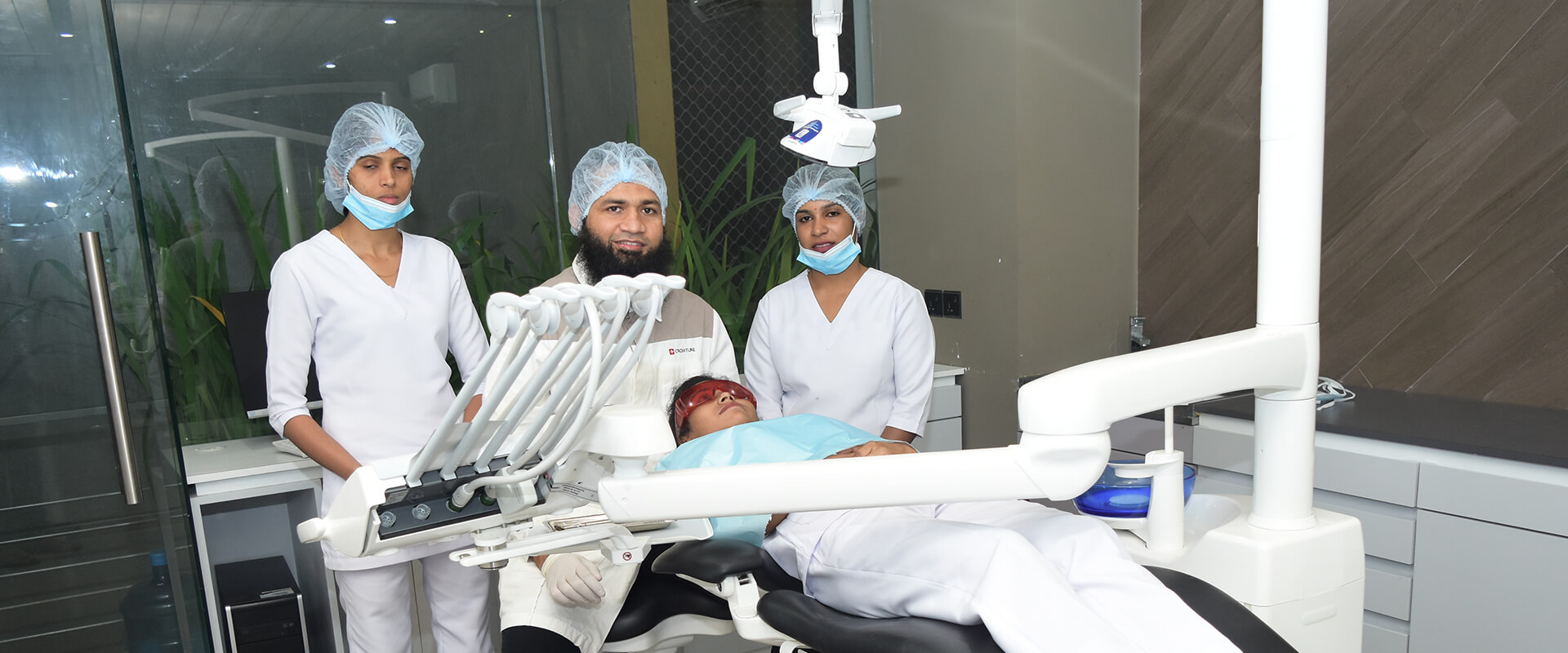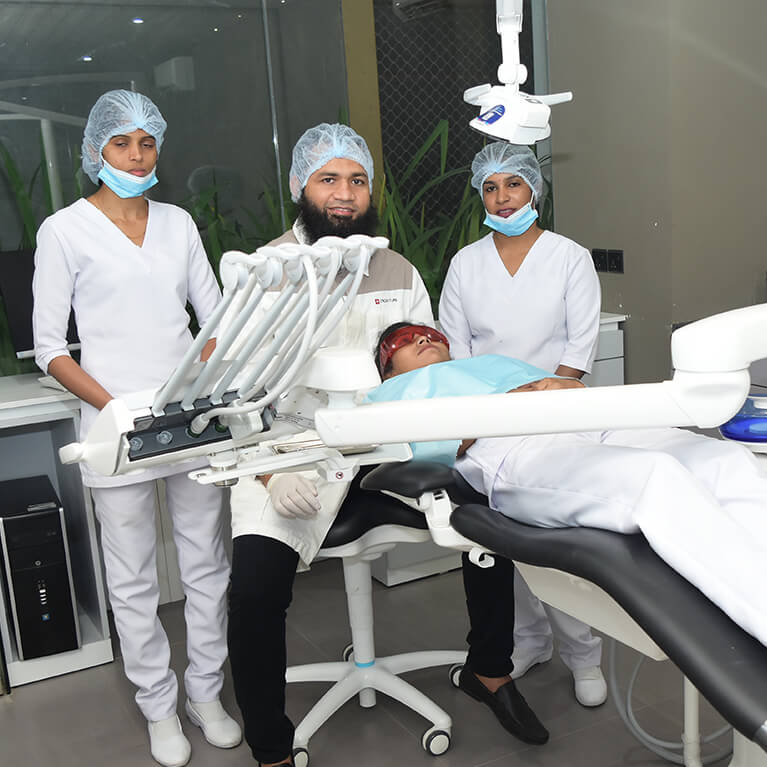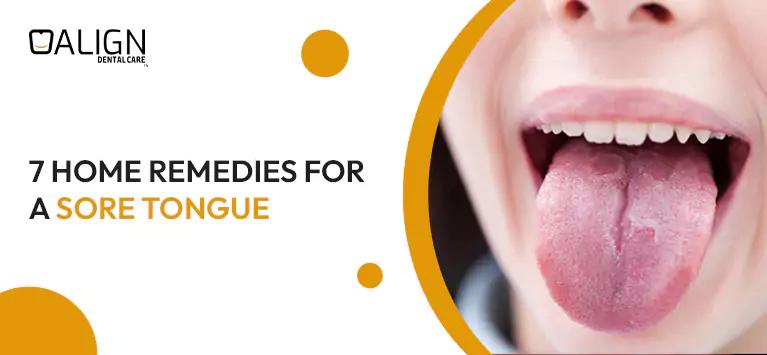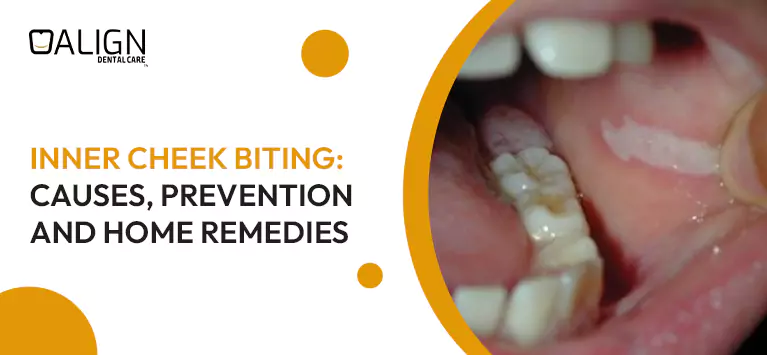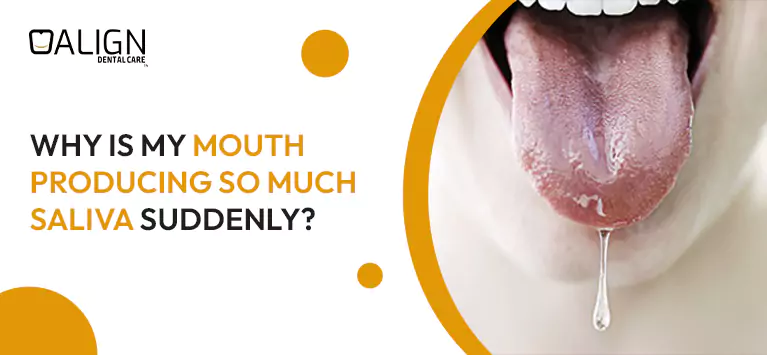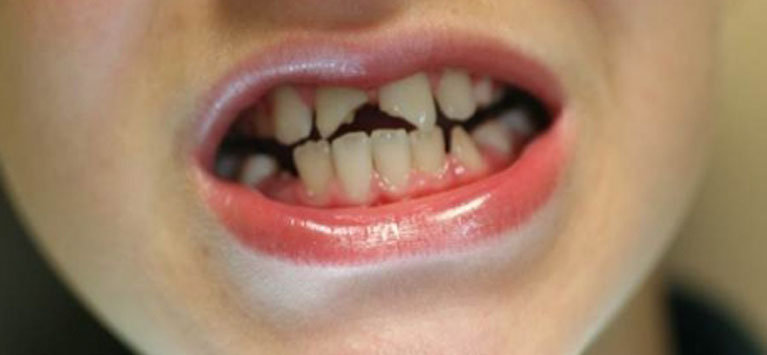
Dental procedures to repair a broken tooth
A broken tooth is considered nothing less than a type of trauma as it stops you from smiling and shatters confidence. Teeth cracks and breaks represent a significant number of dental visits. The treatment you require depends on various factors, such as the degree of the crack and the location of the tooth, the tooth’s specific history of treatment, and the presence of decay and infection. Most dental cracks and chips are superficial and easily remedied, but serious fractures and breaks require more intensive restoration or possibly extraction.
There are various restorative and cosmetic procedures available to repair broken and cracked teeth, depending on how badly your tooth or teeth are damaged.
Here are some common procedures that can help repair your broken or cracked tooth:
1) Dental Bonding: Dental bonding is a procedure done to repair cracked, chipped, discoloured, decayed or gapped teeth. During the procedure, anaesthesia is not necessary unless the bonding is being used to repair cavities. The dentist roughens your tooth and then puts a conditioning liquid on it. He then applies putty on it before molding and smoothening it. Ultra-violet light is then used to harden the composite and when the tooth bonding dries, it is shaped and polished to match the rest of the tooth. This composite bonding can last for upto 10 years.
2) Crowns: Crowns are some of the most common restorative treatments available. If your tooth is badly chipped and you are experiencing pain when eating or drinking, then you may need a crown. A crown acts as a cap that covers and protects your tooth, while at the same time improving its appearance. Without a crown, a cracked or broken tooth won’t stand the pressure of chewing. The tooth is then prepared and the dentist takes impressions used to make the permanent crown. When ready, the permanent crown is then cemented to the remaining tooth structure.
3) Veneers: Veneers are great tooth covers. Porcelain veneers are among the best type to use because they offer the most attractive and naturalistic results possible. A veneer is bonded to the front of a tooth and you can have several veneers placed on one tooth or several of them. And with proper care, the veneers can last up to 30 years so you don’t have to worry about replacing them regularly. They are installed by first preparing a tooth for the veneer. Some part of the tooth structure needs to be removed so that the tooth doesn’t look bulky. Impressions are then taken and here you can choose the size, shape and shade of veneer you want. The veneers are then created in a lab and bonded to the tooth.
4) Root canal: Root canal Treatment (RCT) involves clearing out decayed tooth matter and removing the nerves. A tooth with a crack that has extended into the pulp can be treated with this method. Also if you have some sensitivity, swelling or toothache, you may need a root canal. The process works by first determining if the tooth is infected. If it is, an anaesthesia is administered and then drilling into the tooth is done to remove the tooth’s pulp and nerve. The tooth is then sealed to prevent further infection and a crown can also be added to enhance the tooth’s strength.
5) Dental implants: If your tooth has a crack that extends deep below the gum line, the tooth is no longer treatable and will need to be extracted. A dental implant is then used to replace it. Dental implants are securely placed into your jawbone for a lasting fit. Biocompatible titanium screws are drilled into the jawbone to act as root for the new tooth. Some time is allowed for the crews to fuse with the bone and form a lasting foundation. Impressions for your tooth are then taken and a tooth made to be fit on the screws.
6) Filling: Fillings are among the safest dental procedures that dentists use to fix broken teeth. The dentist fixes cracked or broken teeth temporarily using the restorative material. The dental process is beneficial if your tooth has suffered cavity. It is painless and cost-efficient.
7) Dental sealants: Ideal for fixing tooth holes, dental sealants protects your infected and cracked tooth. Sealants also act as a barrier against cavity-causing bacteria that damage your teeth.
All in all, a cracked, broken or chipped tooth can be a dental emergency. It is vital to contact a dentist as early as possible. This can help them explore the suitable option for dental treatment. The procedures mentioned above will help you decide the best option.





